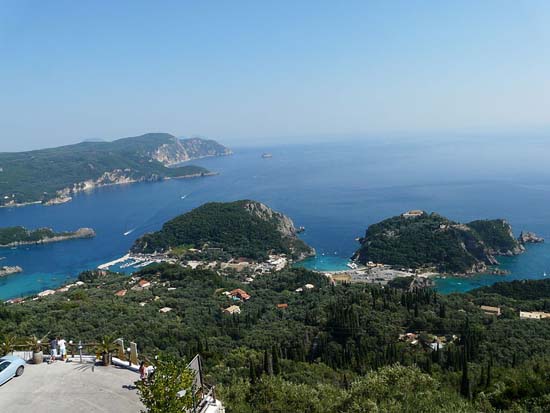The Islands of the 'Odyssey'
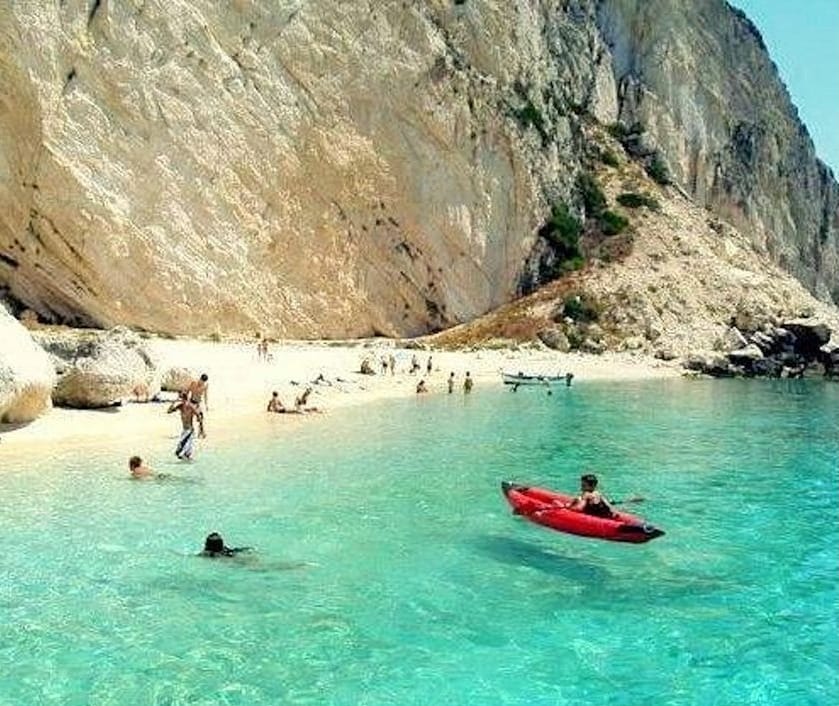
Many islands have been candidates: Malta, Favignana, Stromboli, Isole Li Galli, Corsica, Jerba, and, of course, various Ionian islands on the west coast of Greece.
Ogygia
Calypso’s Ogygia has proved hard to find. All that is known about it is that it was an island near the edge of the known world, and therefore some classical scholars have said it was the Majorca of today; others have placed it on the island of Othonoi, northwest of Corfu (shown above). Plutarch placed it far away in the Irish Sea. But its true location was where the gods placed it: “in the navel of the sea,” half way between this world and the imagination.
Below is Ramla Bay on Gozo (Malta), another favored location, taken from the Calypso Cave.
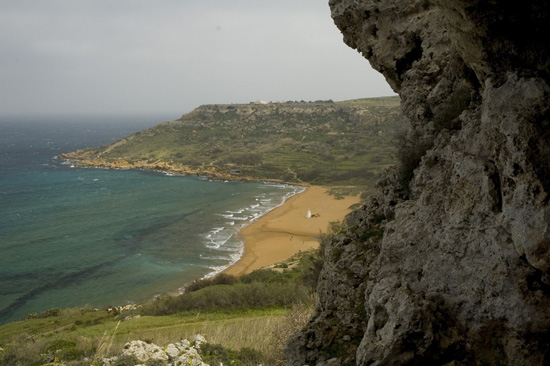
Ithaka
Ithaka too has proved hard to find. Although there is an island today off Greece’s western coast that is called Ithaki, it may not always have had that name and in key ways it does not match the description in the Odyssey. The big island below is Cephalonia (Kefalonia) and Ithaka (Ithaki) is the island to its immediate right.
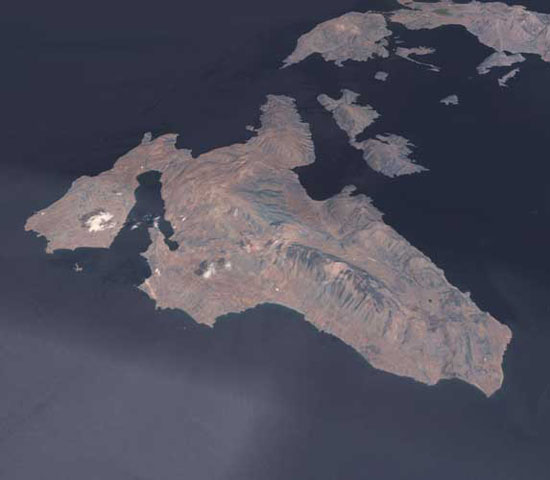
In 2005, British researchers argued that the real ancient Ithaka was the Paliki Peninsula, the low-lying westernmost portion of Cephalonia (on the far left of the picture above). Geological surveys indicate Paliki indeed was once an island. It is not an argument that sits well with residents of Ithaki. The picture below shows Paliki today.
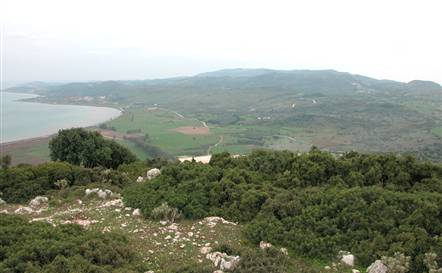
Phaeacia
Nausicaa's Phaeacia is generally recognized to be Corfu, specifically Palaiokastritsa on the western side of the island, shown below. Like everything else, this can be taken with a grain of salt.
